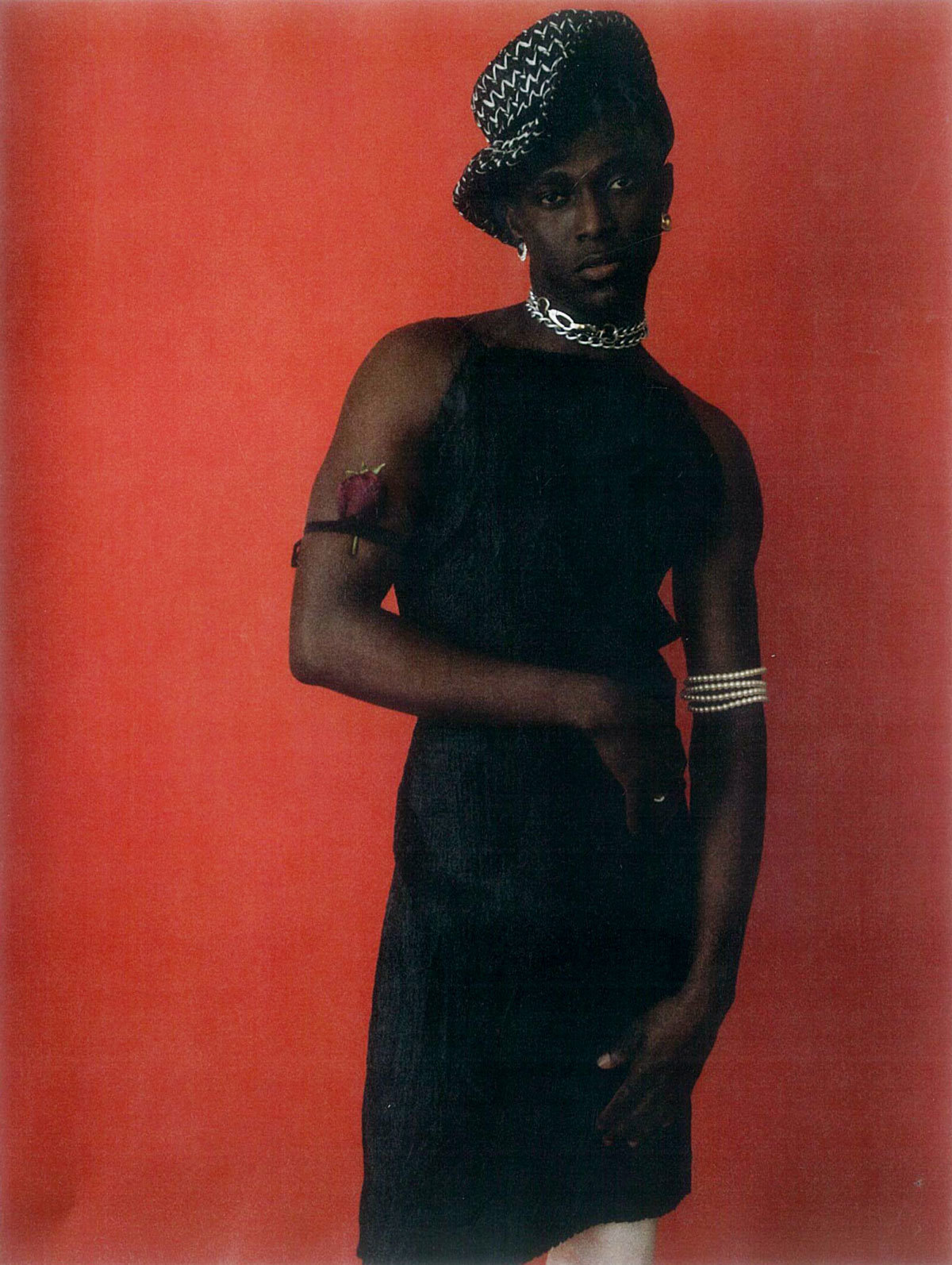Having initially studied economics at university, New York-based photographer Justin French has turned to the camera to help explore social oppression. From topics including Black Lives Matter to creative responses to Trump’s ‘great wall’ speech, Justin speaks to i-D about his work and his wider opinions on the state of our world.
You’re a self-taught photographer. What made you pick that up having studied economics?
I learned early in university that a course, however specified it might be, serves primarily as an opportunity to learn how to develop, sharpen and master new skill sets needed to overcome obstacles to progress. From that realization I always knew economics would not be my only destination. I began contributing to a start up fashion magazine as an editor and ran into some difficulties trying to produce my ideas with photographers. My natural reaction was a bit DIY; I bought an entry level camera and started directing my own shoots, using my friends as inspiration.
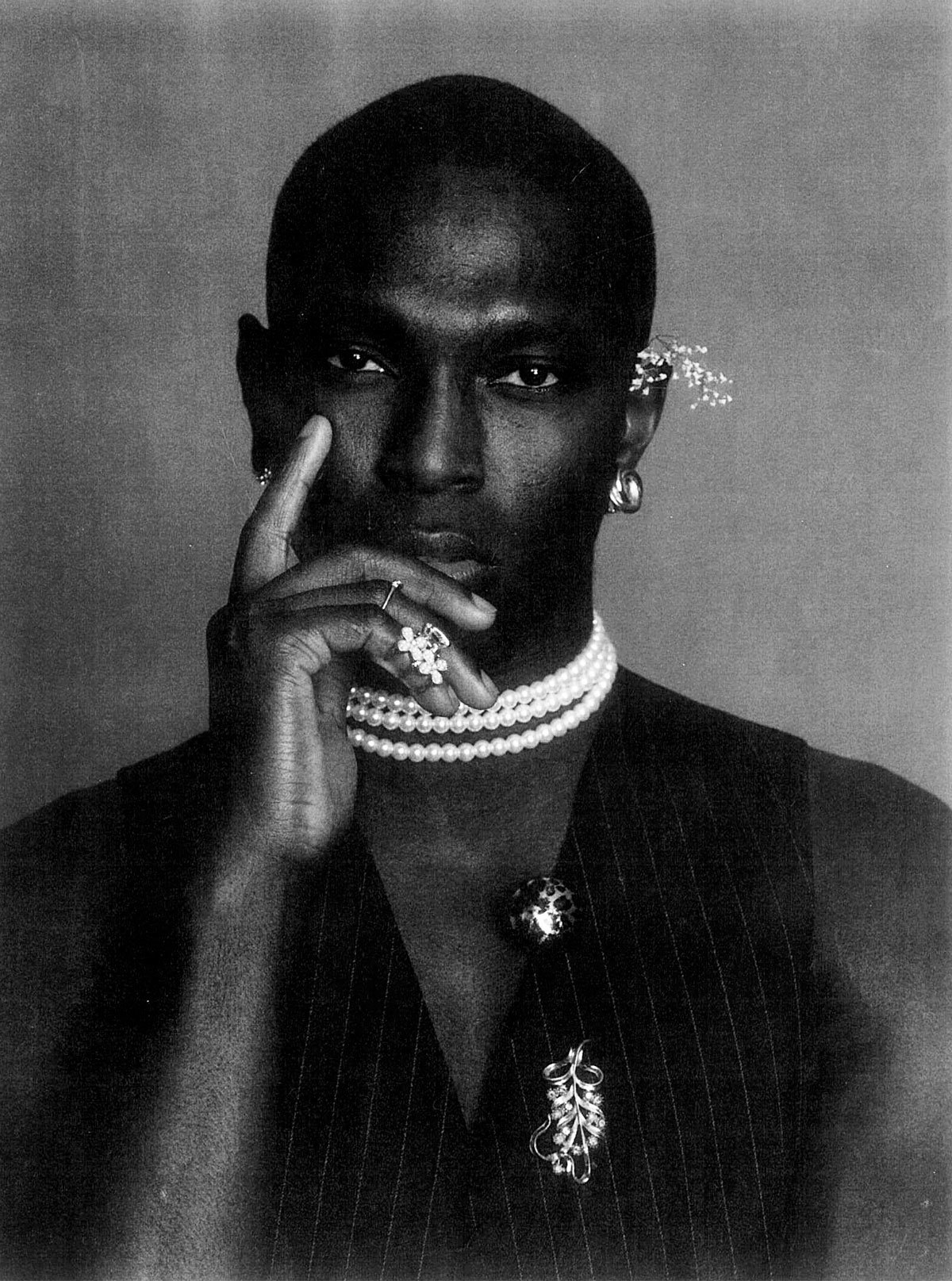
Your work is testament to the fact that you don’t necessarily have to have an art school degree to be a successful photographer. What are your thoughts on the current state of education?
I think education is at its best and worst simultaneously. While I didn’t get the chance to study art formally, I literally drank in fashion, art and photography living in London and New York. The creative community was always available to me with open arms despite my corporate background. The reverse was not always the case however. I think the greater public is so disinterested in higher education due to its high expenses and lack of guarantee of career prospects. But it really shouldn’t be a thing where people only go to school in the hopes of having a high income; it should be done simply because it should be done.
You’ve previously discussed how your interest as a photographer is to capture images with a depth of emotion and intensity. How do you achieve this?
By keeping a very open mind. My mother is an absolute fanatic for classic cinema, which I also acquired a taste for. I was always drawn to the intensity of the characters and the way they expressed emotions. Josef von Sternberg’s Shanghai Express really stood out for me, the cinematography was so intense, and almost menacing, yet it was still able to visually capture a great deal of emotion beautifully. My early photography started from a point of using shadows as a tool to heighten emotion and amplify intensity.
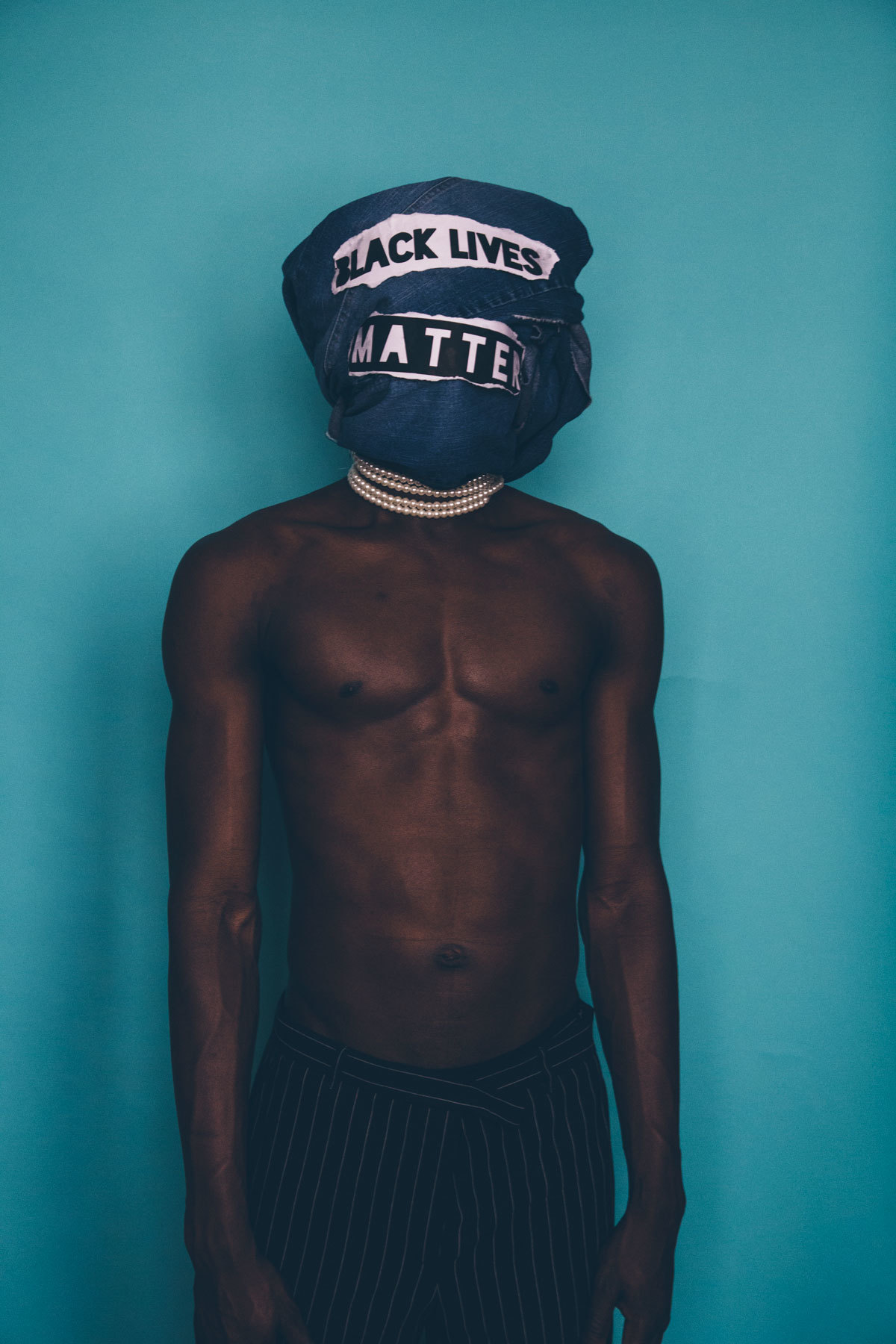
Your work highlights and challenges topics of social importance – why is that?
Social justice has really been at the core of nearly everything I’ve done in life, even economics. My interest is making an impact on lives. When I take a portrait, my interest is not solely on giving the client what they want, but also showing them a side of themselves I think they need to see. From a social standpoint it is the most inspiring aspect of photography, to document the creativity and brilliant minds surrounding me. We are in a culture where culture is so proudly expressed. My goal is to respectfully represent those stories for awareness, change and progress.
Do you think art has the ability to invoke change?
Absolutely. Art allows us to let our guard down, invites us into the very home of other cultures, shows us what delights reside there. As humans we can have stark differences culturally, but ultimately we all eat, sleep, love and want to live comfortably with our loved. Art helps to expose the differences that do exist and hopefully desensitize us to the shock of unfamiliarity. The arts are a highly influential and necessary component to inspire progress. It also can really help people to overcome their differences by bringing attention to concerns that would have otherwise gone unknown to them.

What do you think are some of the biggest problems we are currently facing in humanity?
In a very simplified answer, I believe pinched economics are really bringing out the worst in our communities. Money is low, opportunity is low, and many of us see survival as low. Once those base fears are healed I think then we can comfortably work on other issues dividing us, such as racism and the 30+ other isms. We also don’t promote creative hobbies. Photography has been such a peace bringer for me. Gives me another way of looking at the world, and creating my own reality to share with others. Everyone should be encouraged to participate in the arts. Sing, dance, paint, sculpt, anything to expand the mind and appreciation for our world.
You’ve recently had work shown in an exhibition called Pulling Down The Walls that challenges the idea of barriers in society, in relation to Trump. How do you think we can pull down those walls?
I was very grateful to be selected in the exhibition. Marie Gomis-Trezise has been very supportive of me and the other amazing artist featured in the exhibit. I think art is a start. Not to punchline it, but I think we really need creative discourse to help permeate all the channels people are currently receiving such negative and false information from. Art can inspire people to be much more curious in themselves and those around them.
Donald Trump, throughout his campaign, stated a very many harrowing things that, whether he intended for it to or not, painfully clawed at the heart of many, induced knee-jerk fear and amplified rage. It is our duty as world citizens to truly stand up tall and make every effort to foster healthier minds, attitudes, behaviors, art, governments and policies to make our lives better. Many protested voting in the US election due to disinterest in the presidential candidates, but the more important votes are actually the more localized candidates also on that presidential ballot, those votes really matter.
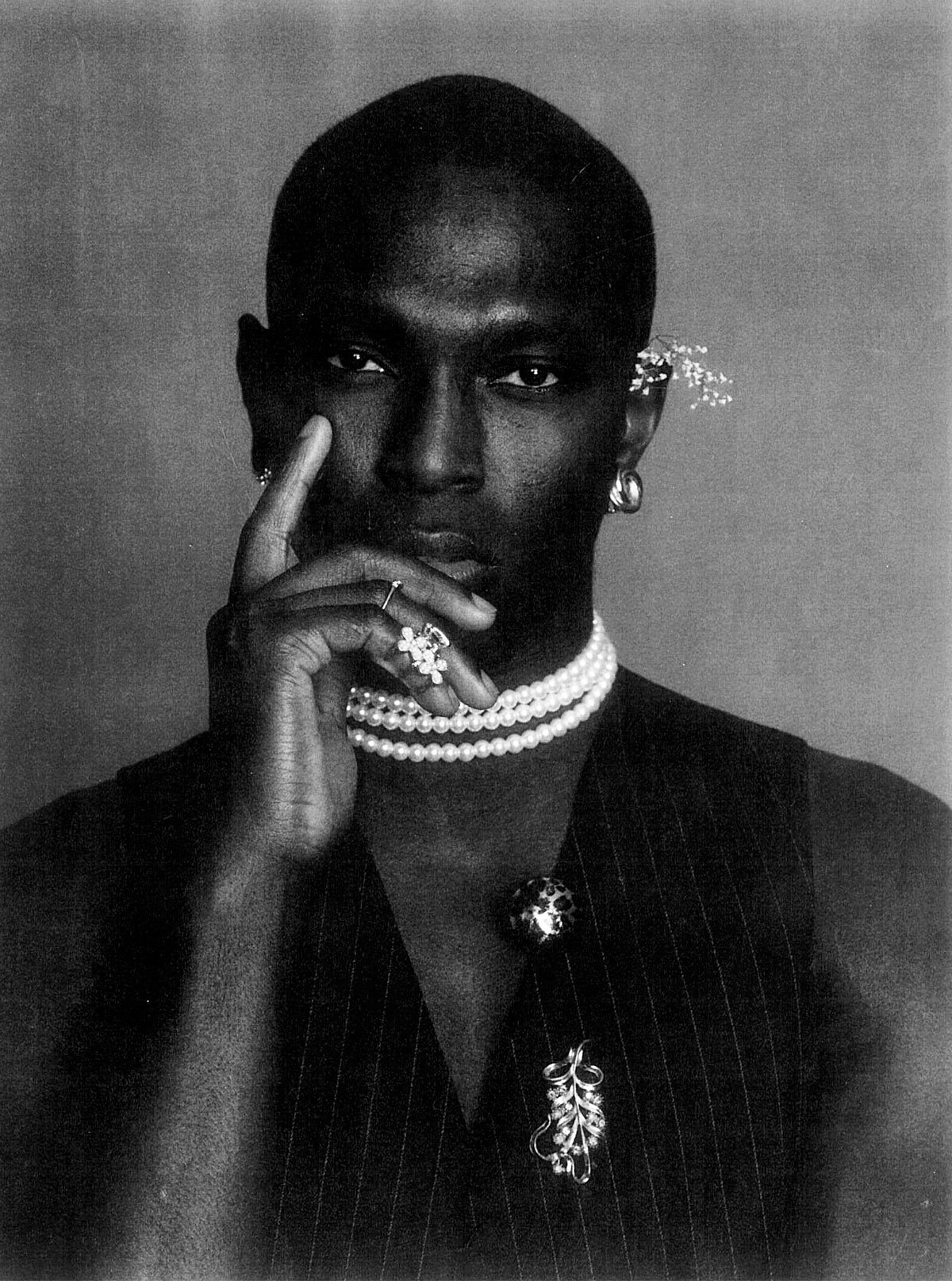
Some of your work looks at the Black Lives Matter movement. What are you views on this?
Black Lives Matter highlights a great many painful realizations. That of a long term history of brutality and enslavement of African bodies which the world is actually still recovering from. America did not end slavery with a smile, it ended it through gritted teeth, and the following integration also came through clenched fists and furrowed brows. That backlash is still present, and black communities are reacting to unfair positioning in a country that promises them the same opportunity, fair judgment, presumption of innocence, and right to life and fair trial as it would to non-black citizens. I believe the movement has definitely gotten plenty of attention, but I do believe that we need to be more effective locally by advocating for better representation in our local communities where it truly matters most. Understanding and influencing policies within our local community is the best chance at actually improving the day-to-day happenings within our neighborhoods.
Who are your biggest influences?
I would say my biggest influences include Nina Simone whose work forced me to reconsider how I perceived emotion, Irving Penn whose portraits dismantled the assumption that images should only be pleasant in order to be spectacular, Sade, Edú Lobo and Marcos Valle whose music has carried me through life, and Egon Schiele whose paintings twisted and contorted the human figure but enhanced our understanding and ability to relate to what was being depicted. And Lauryn Hill, whose work and words have always been a constant inspiration.
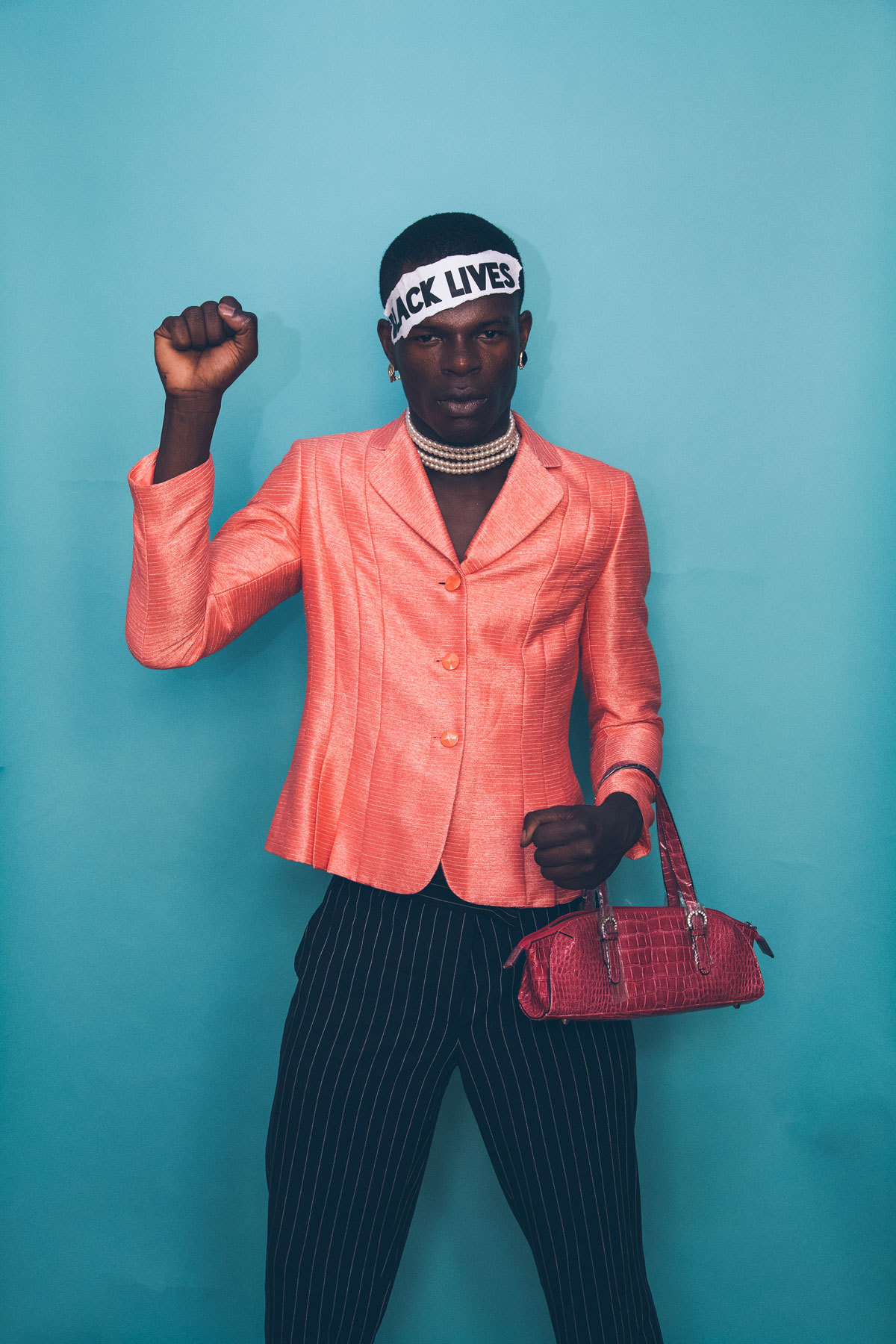
Credits
Text Greg French
